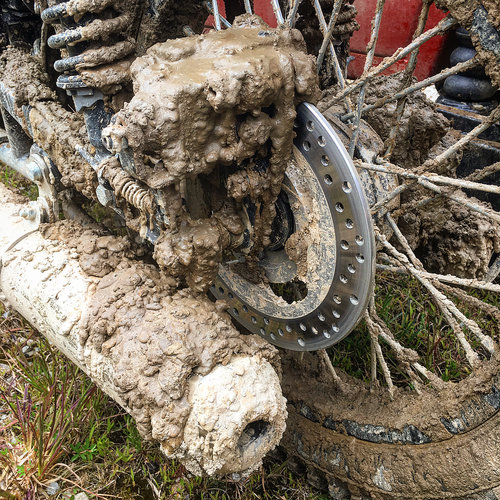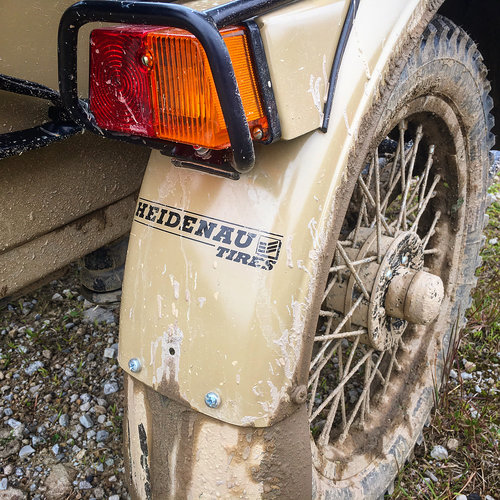Sidecar motorcycles strike many people as a convenient, if slightly quirky, way to transport passengers and pets. Jumping and mudding with sidecar motorcycles might not even seem possible, let alone fun. Now it turns out that off-road antics may be on the list of reasons to buy a bike with a sidecar.
Two Good Spark Garage riders recently took Ural motorcycles on West Virginia’s Hatfield-McCoy Trails to test the motorized metal’s mettle on muddy, hilly, unpaved tracks, according to Ural’s blog.
Good Spark Garage celebrates storytelling and resourceful info about motorcycles. The site is run by the Wilkinson brothers, who are graphic designers, custom illustrators, and motorcycle enthusiasts. Corey and Casey Wilkinson own a slew of motorcycles and are currently touring the U.S. on a pair of Urals.
West Virginia’s Hatfield–McCoy Trails system includes more than 600 miles of rideable terrain. The short video below shows the Ural’s competence in taking jumps and in the mud.
The Wilkinsons drove a red one-wheel drive Ural cT and a sand-colored two-wheel drive Ural Gear Up Sahara with an optional off-road package on the Hatfield-McCoy Trails. Both bikes look pretty clean in the video and most of the available images. But as the two images below show, they did get fairly muddy.
The Russian-based Ural only makes sidecar motorcycles, so saying “Ural sidecar motorcycle” is redundant. Ural started manufacturing sidecar bikes in 1942 and since then has sold more than 3.2 million motorcycles.
The original Urals were built for military use and sold to armies in many countries. Now Urals are marketed worldwide as adventure bikes. There are 86 Ural dealerships and service centers in 39 states in the U.S.
Ural owners find diverse uses for the bikes. The company’s blog often features owners with unique stories, such as Oak Cliff Coffee Roasters’ mobile espresso shop.
The current 2017 Ural model lineup includes both one-wheel drive and two-wheel drive bikes, all with sidecars. All Urals have fuel-injected 749cc boxer twin engines and four-speed transmissions with reverse gear. The two-wheel drive Urals are recommended for riders who want to ford streams and travel off the pavement. Starting prices for the four models range from $14,500 to $16,500.





